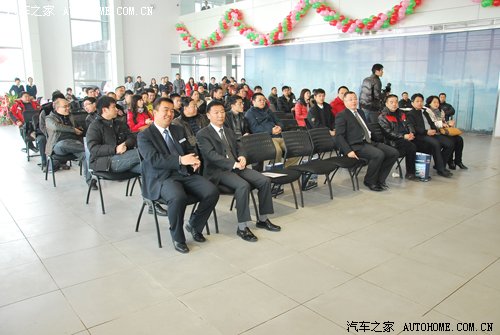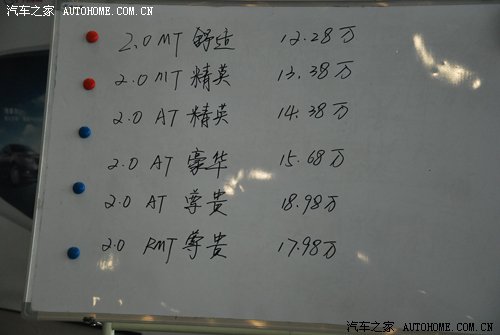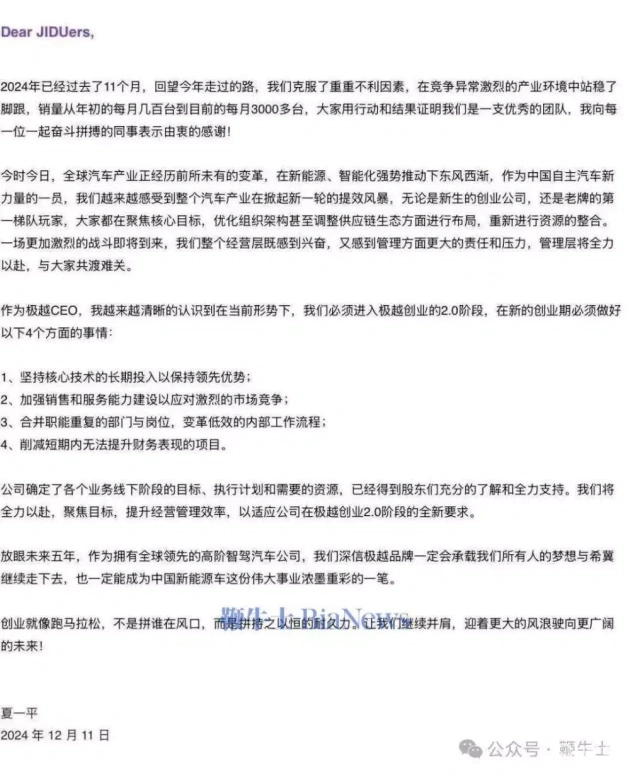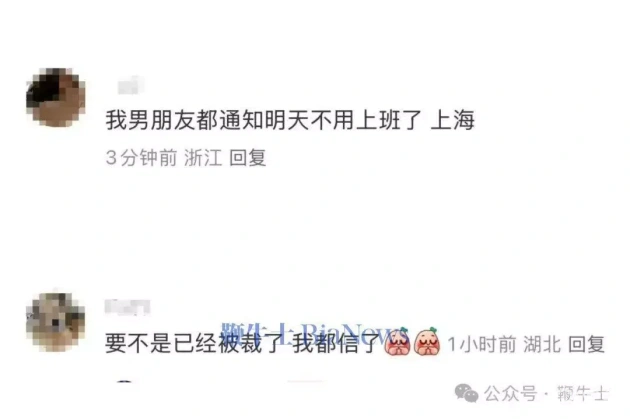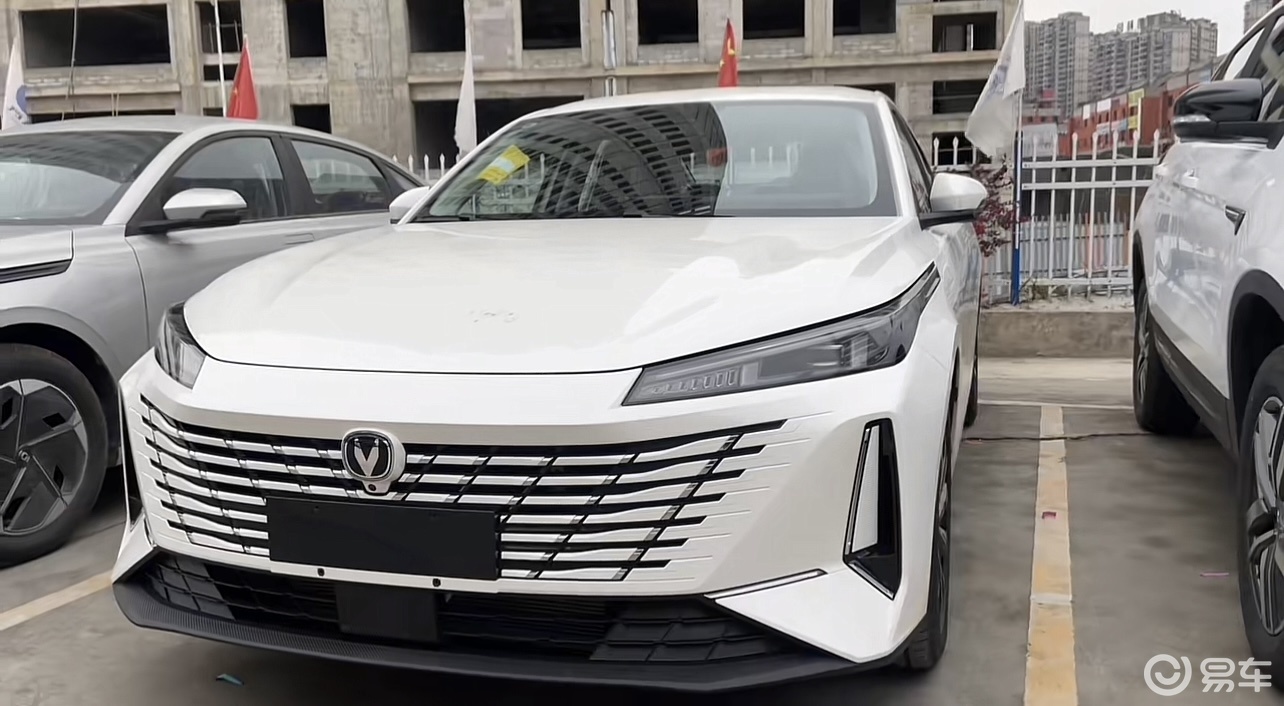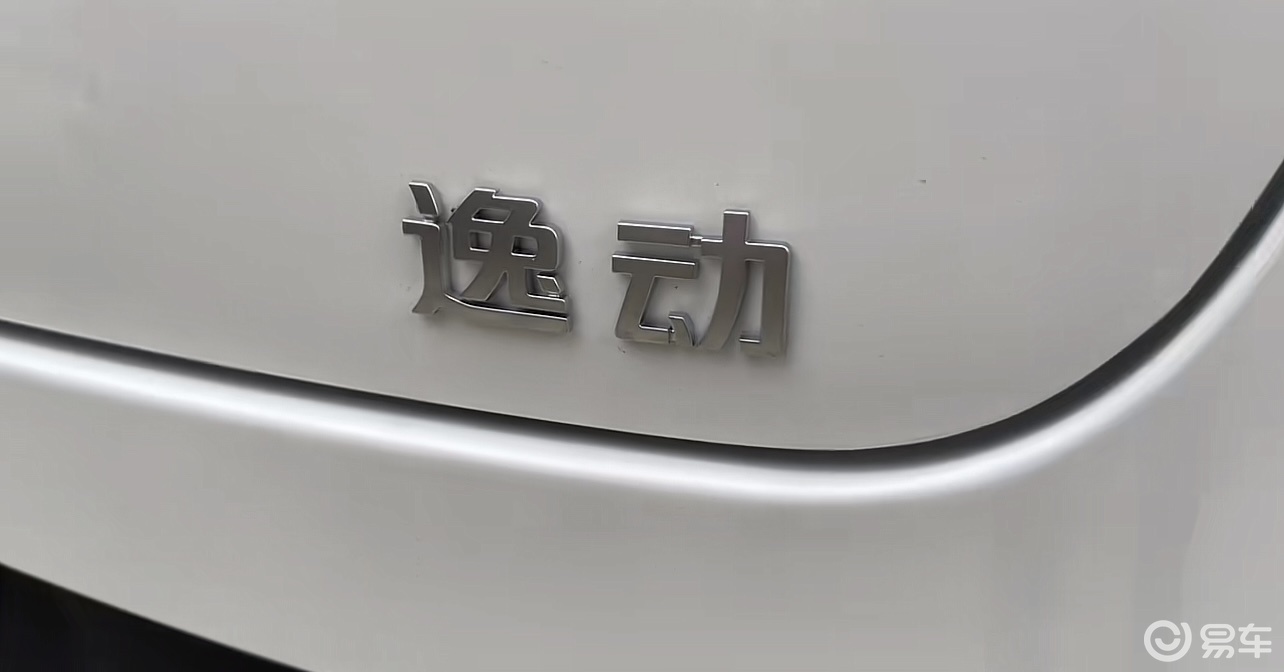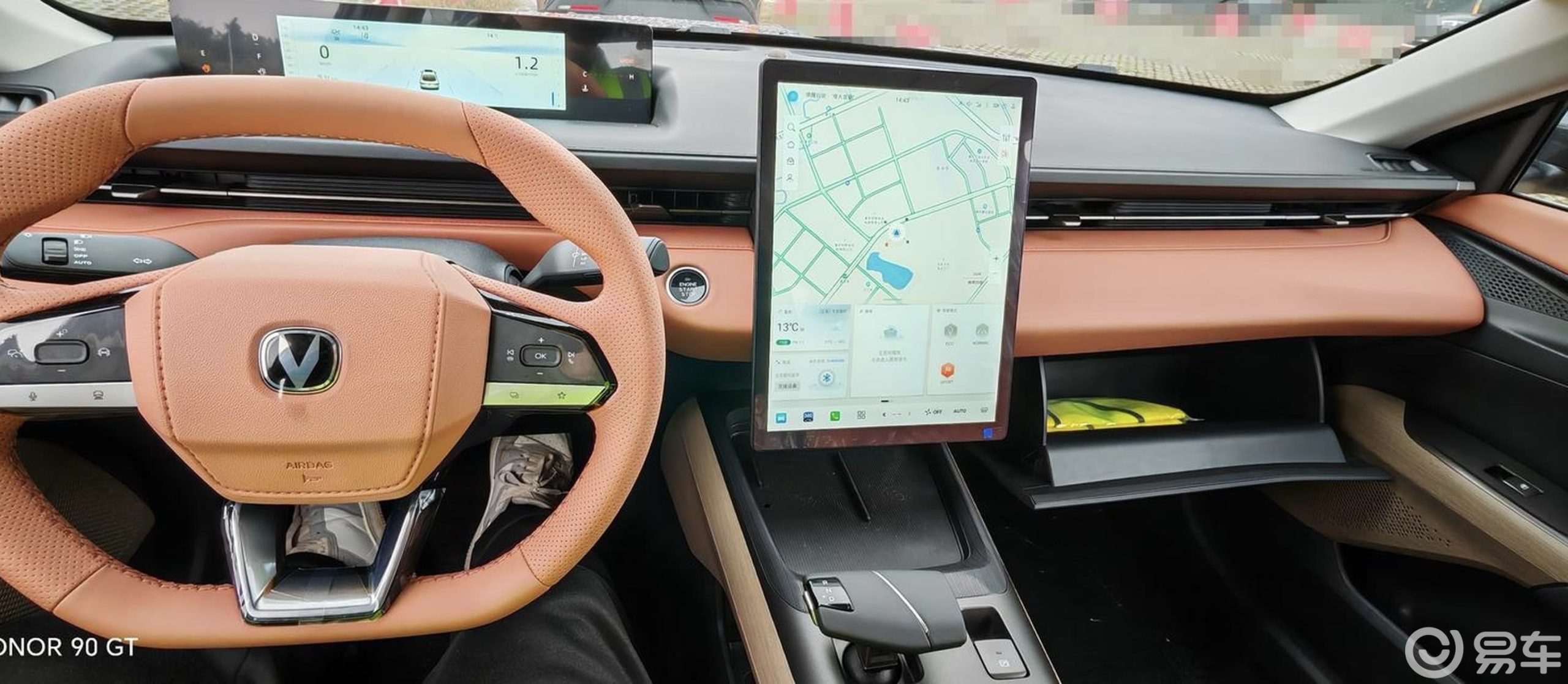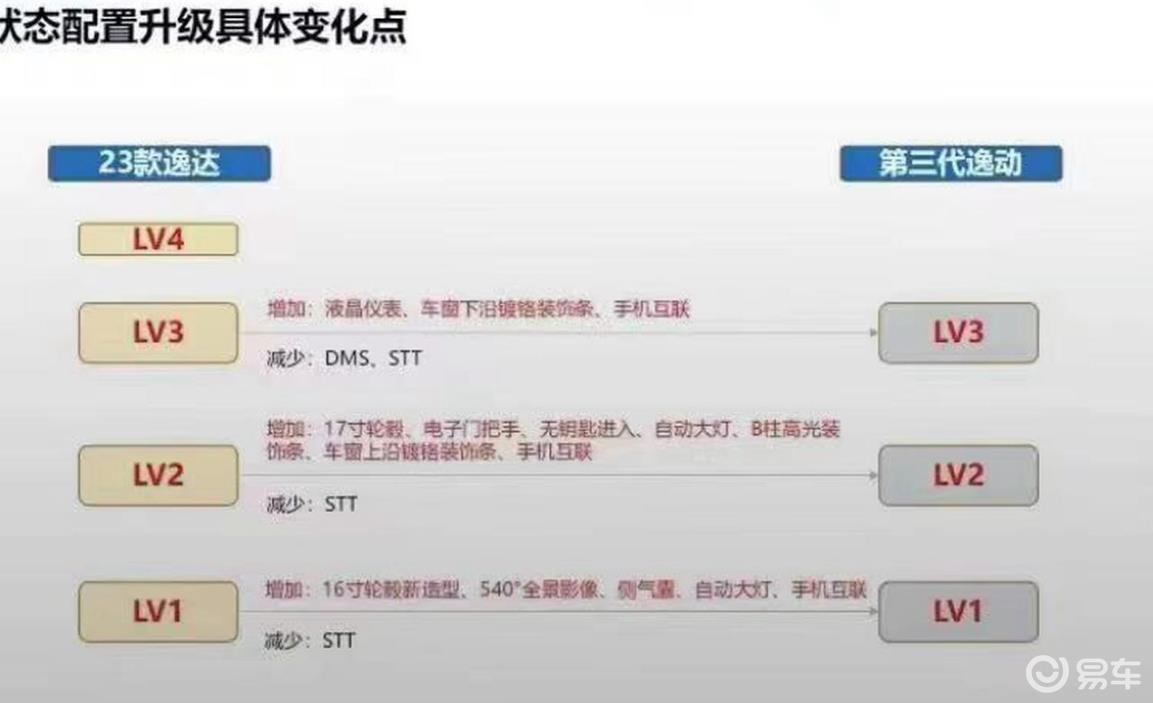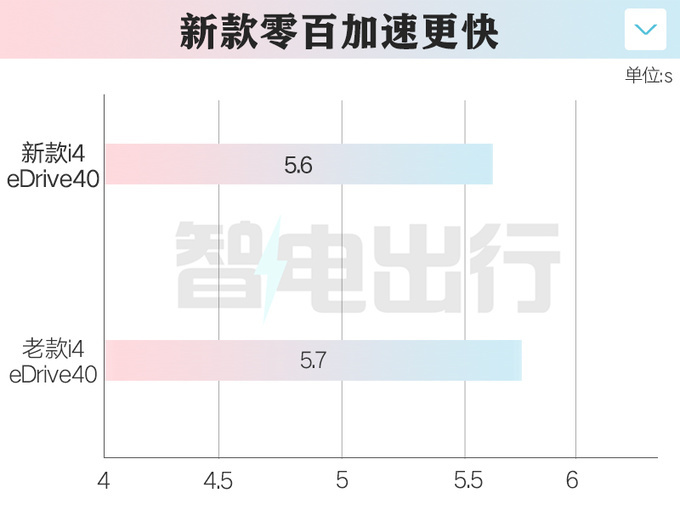Israel says Iran "deceives the whole world", and the Iraqi foreign minister retaliates: "Wolf is coming" again.
CCTV News:On the evening of April 30th local time and the early morning of May 1st Beijing time, Israeli Prime Minister Benjamin Netanyahu delivered a televised speech on the Iranian nuclear issue at the headquarters of the Israel Defense Forces in Tel Aviv. He showed the so-called archives of Iran’s nuclear program obtained by Israeli intelligence agencies, accusing Iran of secretly developing nuclear weapons after signing the Comprehensive Agreement on Iran’s Nuclear Issue in 2015, and "deceiving the whole world"!
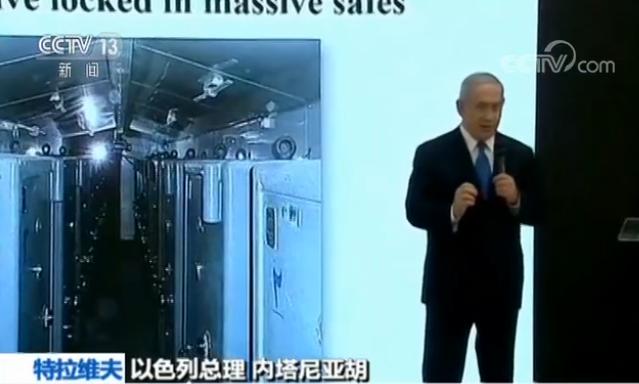

Netanyahu said that Israel has obtained a 55,000-page copy of the secret document on Iran’s nuclear program. This "new conclusive evidence" proves that Iran is still secretly developing nuclear weapons after signing the Iranian nuclear deal in 2015, moving its nuclear weapons program to a highly confidential location, and at the same time expanding the range of its missiles capable of carrying nuclear warheads.
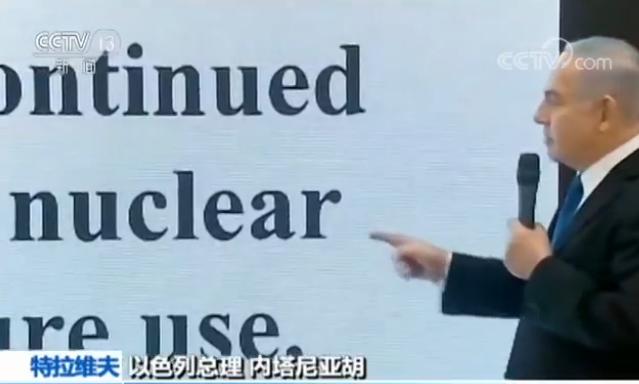
Israeli Prime Minister Benjamin NetanyahuA few weeks ago, in an intelligence war, Israel got half a ton of materials from these vaults. This is what we got. There are 55,000 pages of materials, 55,000 documents and 183 CDs. Everything you see is a copy of the original Iranian materials.
Netanyahu said that Iran’s claim that it has never had a nuclear weapons program is a "brazen lie".
Israeli Prime Minister Benjamin NetanyahuFirst of all, Iran is lying when it says that it has never had a nuclear weapons program. More than 100,000 pages of secret documents prove it. Secondly, even after the signing of the Iranian nuclear deal, Iran continues to preserve and expand its knowledge of nuclear weapons for future use. "
Netanyahu said that this Iranian "nuclear file" is shared by Israel and the United States, which can prove its authenticity.
[News Link] The United States and Israel believe that the agreement is flawed

The day before, the new US Secretary of State Pompeo had just visited Israel and held talks with Netanyahu on the Iranian nuclear issue. Pompeo reiterated that the Iranian nuclear deal has many shortcomings, and if it is not amended, the United States will withdraw from the agreement. The so-called "shortcomings" of Israel and the United States mainly include the "sunset clause" in the agreement. According to this provision, after the failure of the Iranian nuclear deal, Iran can resume uranium enrichment activities. In addition, Israel and the United States also hope to increase restrictions on Iran’s ballistic missile program and to curb Iran’s influence in the region.
Iranian Foreign Minister: The Israeli Prime Minister is shouting "Wolf" again.
Netanyahu accused Iran of lying and secretly developing nuclear weapons. In response, Iranian Foreign Minister Zarif recently posted on social media that Netanyahu repeatedly accused Iran of secretly developing nuclear weapons, just like the little boy who said "Wolf is coming".
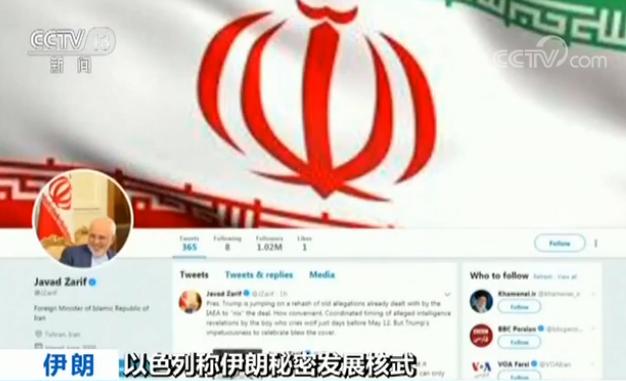
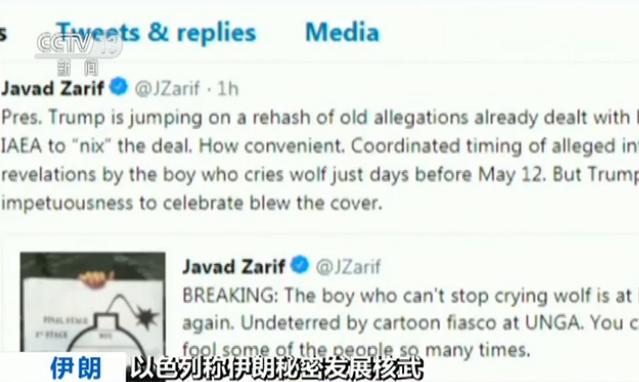
Zarif said that Netanyahu’s accusation about Iran’s secret development of nuclear weapons is groundless, and it is just a propaganda war. He also ridiculed Netanyahu as a little boy crying wolf. Zarif said on his social media homepage, "The children who cried wolf are coming again, but this can only deceive a few people." Zarif said that US President Trump’s recent allegations about Iran’s nuclear program are old-fashioned, and these allegations have been proved wrong by the International Atomic Energy Agency. Now, at this time point, the little boy (Netanyahu) crying "Wolf is coming" has released the so-called intelligence evidence, just to influence Trump’s decision on the Iranian nuclear deal.
Iran says it can restart uranium enrichment at any time.

On the same day, salehi, Chairman of the Iranian Atomic Energy Agency, once again stressed that technically, Iran can resume uranium enrichment activities at any time, and now Iran can extract enriched uranium with higher purity. But Iran doesn’t want to go there.
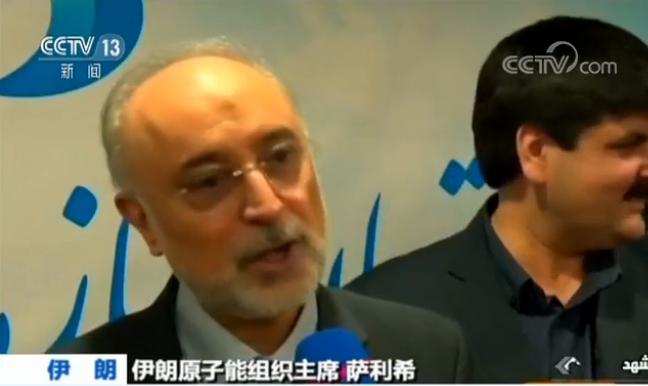
Iranian Atomic Energy Agency Chairman salehi: "We don’t want to come to the situation of resuming uranium enrichment activities. I hope that Mr. Trump and his colleagues and the government can keep their heads and don’t create trouble, which will give themselves or us or even others a headache."











